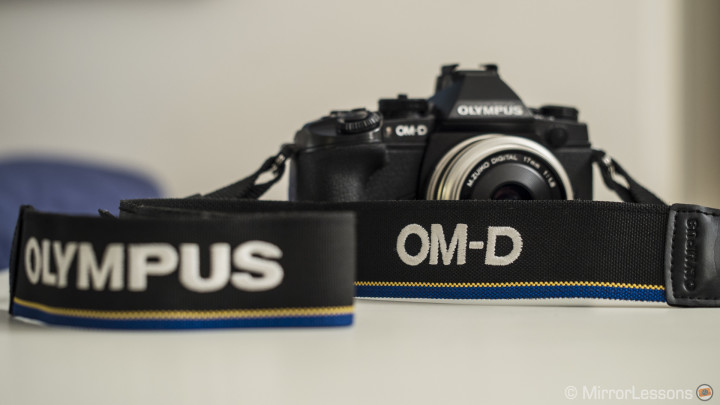Despite being over two years old, the Olympus OM-D E-M1 remains one of the most capable cameras for a diverse number of genres, from the more “tame” varieties such as wedding or events to those that put the high-end features of the camera to the test, such sports, adventure or wildlife.
Recently, we came across two articles written by photographers who use the OM-D E-M1 on the job, albeit for very different kinds of work. The first is by Christopher Martin, a wedding photographer who switched from Nikon to Canon to Olympus. The second is from adventure photographer Rob Thomson, who uses the camera during his human-powered adventures outdoors.

Christopher’s main motivation to switch to the E-M1 for his wedding photography was the lightweight set-up. He initially switched from Nikon to Canon for the same reason – at the time there wasn’t a lightweight Nikon body that appealed to him – but in the end, he found the E-M1 to be the best compromise. In addition to the size and weight, he praises the 5-axis stabilisation, which he often uses during church services where there isn’t much movement, the EVF, focus peaking, cost, focus points and the Live Composite feature. He also takes the time to list a few features he’d like to see on the future E-M2, many of which have actually been integrated on the X-Pro2 such as a Dual SD card slot and a joystick to adjust the focus point.
You can read Christopher’s full article about switching to the E-M1 here.
Rob too appreciates the weight, size and 5-axis stabilisation of the E-M1 but unlike Christopher, his praise is mainly directed towards the weather resistance of the camera. For his adventure work, he frequently uses the camera in subzero temperatures and unpleasant weather conditions including rain, wind, dust and heavy snow. He describes the camera as being very capable of standing up to the abuse, saying that the mechanical shutter sticks only in extreme cold and wind. For this reason, he often uses the electronic shutter, which was added with firmware 4.0, and has bought himself a neoprene soft case to protect the body in particularly inclement conditions.
You can read Rob’s full article about the E-M1 for action photography here.
Both photographers have included some stunning images in their articles, so even if you’ve already read all there is to read about the E-M1, it is still worth looking through their photographs. Indeed, they’ll make you realise that achieving a shallow depth of field and good dynamic range simply isn’t an issue with this camera. Despite the stark difference in their respective styles, I found it interesting that the one lens they both own is the M.Zuiko 12-40mm f/2.8 PRO. It seems to be the lens most Micro Four Thirds photographers aren’t willing to do without (Mathieu and myself included)!
